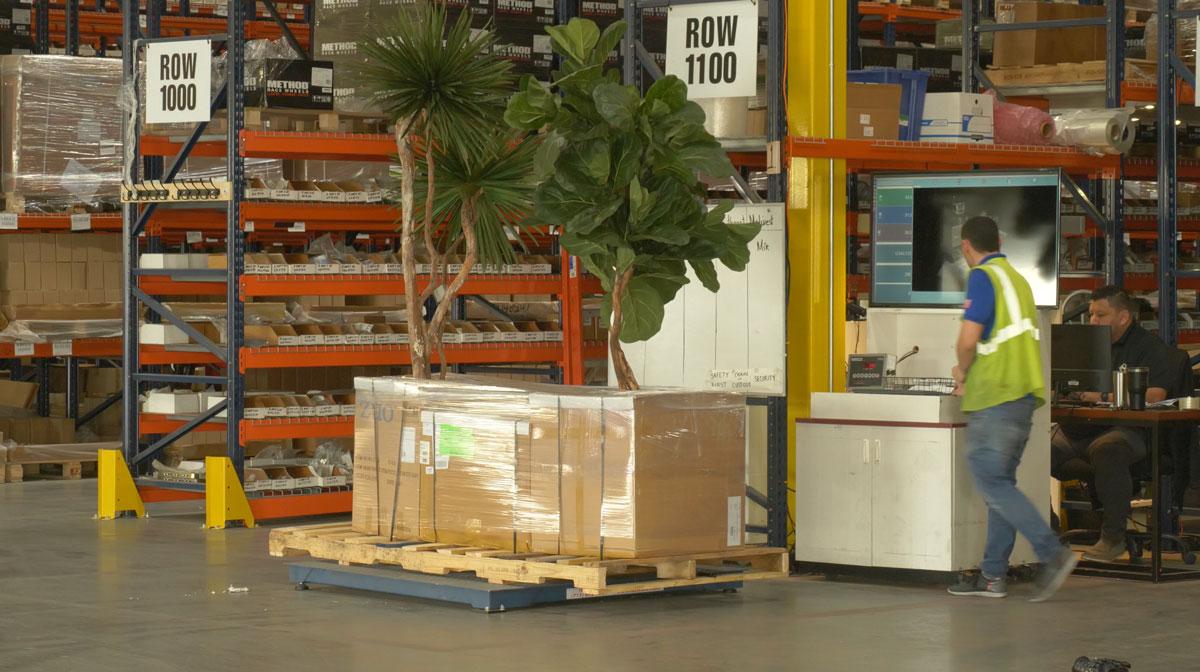In today's fast-paced logistics industry, accuracy, speed, and cost-efficiency are more critical than ever. Whether you’re shipping products across the country or managing a busy distribution center, knowing the exact size and weight of your freight is essential. This is where dimensioners and freight dimensioning systems come into play. These advanced tools are redefining how businesses measure, sort, and optimize freight in real-time.
Understanding Dimensioners: What Are They?
A dimensioner is an automated device that uses lasers, cameras, or sensors to measure the length, width, height, and sometimes the weight of packages or pallets. Unlike manual measurements, which are time-consuming and prone to errors, dimensioners provide instant, precise data.
Dimensioners are typically integrated into shipping lines or warehouse operations, offering real-time data collection that can feed directly into inventory management systems or shipping software. They’re especially beneficial for carriers and warehouses that handle high volumes of irregularly shaped items or mixed freight.
How Freight Dimensioning Systems Improve Accuracy and Efficiency
A freight dimensioning system goes beyond just measuring. It includes the software, hardware, and analytics tools needed to make that measurement data usable and actionable.
Key Benefits of Freight Dimensioning Systems:
- Accuracy: Eliminate costly human errors in freight measurement.
- Speed: Capture dimensions in seconds—ideal for high-throughput environments.
- Cost Savings: Avoid revenue loss from under-measured freight and reduce shipping overcharges.
- Data Integration: Syncs with TMS (Transportation Management Systems) and WMS (Warehouse Management Systems) for smooth operations.
- Regulatory Compliance: Helps meet standards required by major carriers for dimensional weight pricing.
Why Logistics Companies Are Adopting Dimensioners Rapidly
The shift from weight-based to volume-based pricing models by major carriers has made dimensional accuracy vital. Freight companies and warehouses now realize that under-declaring package dimensions leads to lost revenue, while over-declaring can mean unnecessary charges.
Dimensioners not only eliminate guesswork but also provide a digital trail of each shipment’s actual dimensions. With advanced imaging, some systems even take a photo of the package at the time of measurement—adding an extra layer of transparency and accountability.
Conclusion
In an industry driven by time and accuracy, adopting the right freight dimensioning system can be a game-changer. A dimensioner ensures that every inch and every ounce of your shipment is accounted for—automatically, accurately, and instantly. Whether you're a small warehouse or a global logistics hub, embracing dimensioning technology is no longer optional—it's essential for staying competitive.
FAQs
Q1: What is a dimensioner used for?
A dimensioner is used to automatically measure the length, width, and height of freight or packages in logistics operations.
Q2: How does a freight dimensioning system work?
It combines hardware (like sensors or lasers) and software to measure and record freight dimensions accurately and integrate the data with logistics software.
Q3: Can a dimensioner measure irregular shapes?
Yes, most modern dimensioners are designed to measure irregular and non-cuboidal items effectively.
Q4: Are freight dimensioning systems expensive?
While the upfront cost may vary, they often lead to long-term savings by improving accuracy, reducing overcharges, and speeding up operations.
Q5: Do I need technical expertise to operate a dimensioner?
Most systems are user-friendly and come with intuitive software interfaces that require minimal training.

